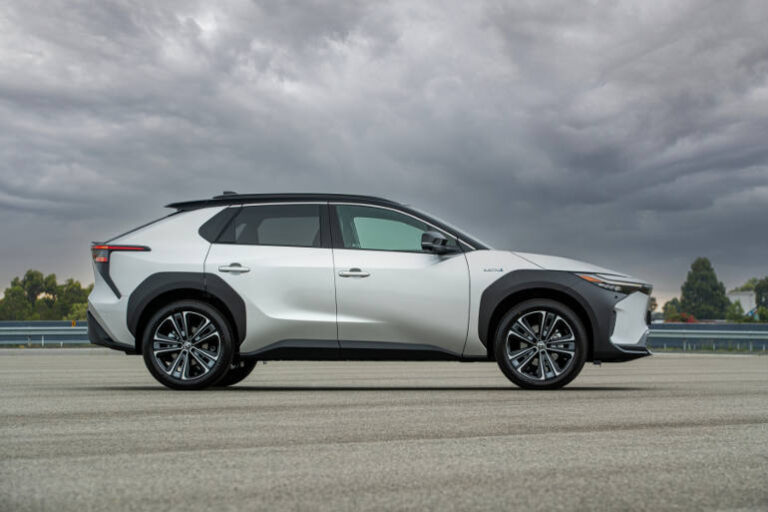The penny has finally dropped for Toyota Australia and in January they revealed plans to launch at least three EVs in three years, starting with the bZ4X SUV late in 2023. The company said electrified vehicles – including hybrid-electric and other technologies – would account for more than half its sales in 2025.
Toyota pioneered the hybrid powertrain and gained strong support from Fleet Managers when they started building the Camry hybrid in Australia in 2010. While volumes were strong, it took an the launch of RAV4 SUV hybrid before they became cool with retail buyers.
Last year, customers bought a record 72,815 Toyota hybrid-electric vehicles, representing 31.5 per cent of the 231,050 new Toyota vehicles delivered to customers.
With such strong sales and dominance in the Australian market, you can understand the reluctance to disrupt the gravy train by getting on the EV bandwagon too early. Though Toyota doesn’t rush into anything so this announcement must have come after several years of planning.
The planning is evident by the announcement that a $20 million investment by dealers in charging facilities, that will support the sale and service of customer EVs, is already underway in 232 sites and will be completed well ahead of the arrival of the bZ4X.
Toyota Australia Vice President Sales, Marketing & Franchise Operations Sean Hanley said the latest announcements demonstrated the company’s determination to be part of the solution in combating climate change.
Mr Hanley said Toyota Australia would progressively introduce additional EVs as well as other electrified vehicles to continue providing customers with practical and affordable ways to reduce emissions – even before they can buy a zero-emissions vehicle.
“Toyota is committed to bringing electric vehicles to Australia,” Mr Hanley said. “We know they will play an ever-increasing role in helping us – and our customers – get to net-zero carbon emissions.
“We also know it will take many years for the significant challenges facing EVs to be overcome, including battery-material shortages, less-than-adequate charging infrastructure and the ability to meet diverse customer requirements such as towing.
“That’s why it’s just too early – and too risky for the environment and for our customers – to put all our eggs in the electric-vehicle basket.
“Toyota will therefore maintain our strategy of deploying as many technologies as possible -battery EVs where they are most appropriate and other electrified powertrains where that makes the best use of scarce battery cells.”
Mr Hanley said that, by 2030, Toyota globally planned to release 30 new EVs and lift EV sales to 3.5 million a year, investing 8 trillion yen (A$87 billion) in the shift to zero-carbon vehicles over that period.
He said Toyota would continue to evaluate EVs for the Australian market as they are made available, including one based on the bZ Compact SUV Concept revealed in November.
“During the same timeframe for Australia, we are committed to offering an electrified version of every model in our range, excluding performance cars.
“Whether the technology is battery-electric, hybrid, fuel-cell, or some yet-to-be-discovered technology, Toyota is committed to making every effort to offer better mobility solutions for the people of Australia and the world.”
Mr Hanley said the move by dealers to invest in charging was recognition that facilities – and not just vehicles – had to continue to evolve to meet the changing needs of customers.
An initial investment of at least $5 million was planned to reach around $20 million as dealers installed more chargers and expanded coverage to further sites as demand grows.
“Our dealers will have a mix of AC and fast-charging DC outlets in prime metropolitan and regional sites as well as smaller locations across the country, ensuring they deliver the best possible customer experience for Toyota EV owners,” he said.






